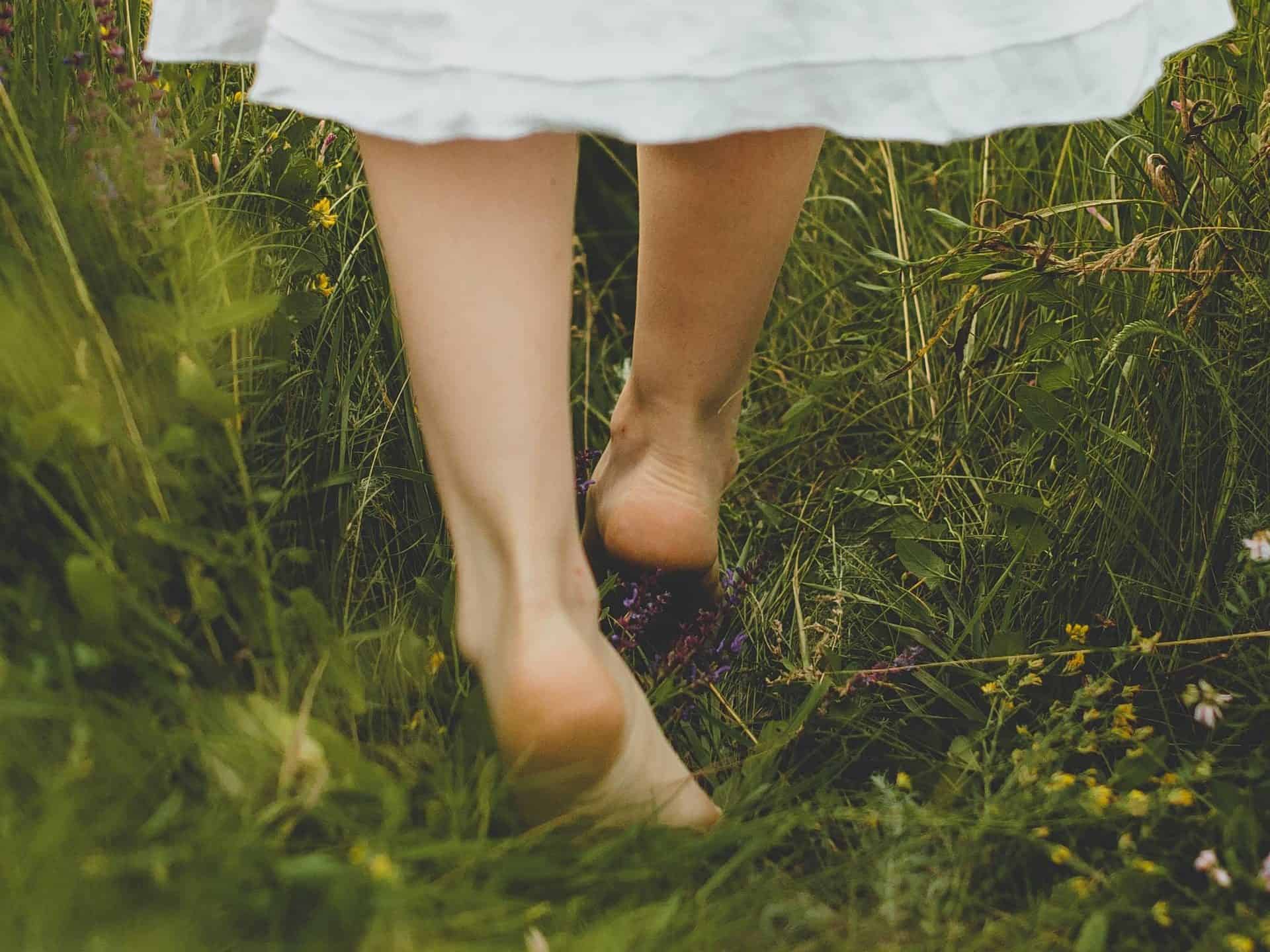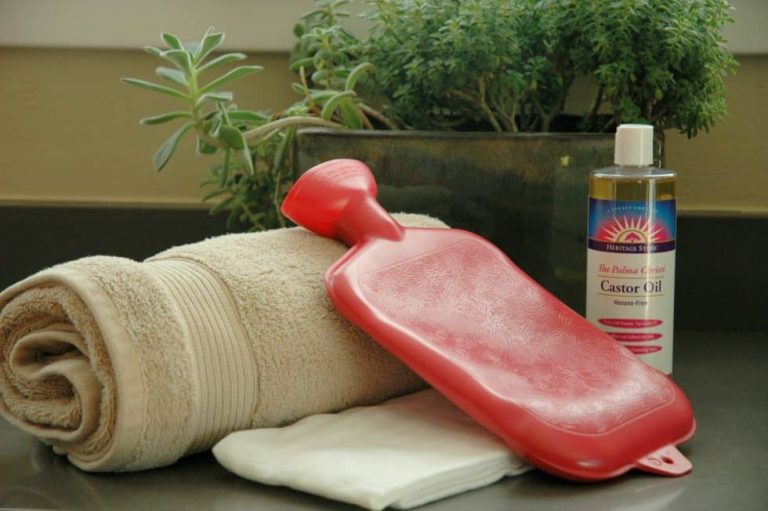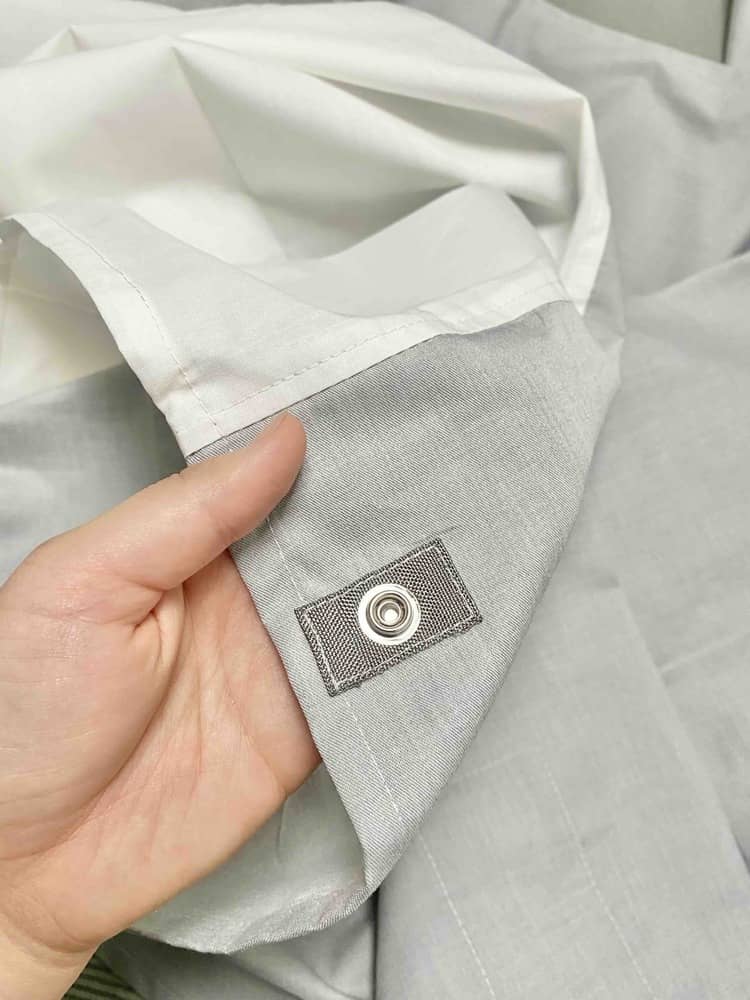What is Earthing? 9 Techniques You Need To Try
Earthing – does this word make you think of barefoot hippies? Like the periods in between drum circles when they walk around without their Birkenstocks?
Actually, the practice of earthing (or grounding) has been around since ancient times. Now in modern times, it’s coined as “the ultimate biohack”. Whether walking barefoot, sitting, or sleeping on the bare earth, our ancestors understood the importance of skin-to-skin contact with Mother Earth and her powerful energy.
What is Earthing, Exactly?
Earth is said to be a “six sextillion (that’s a six followed by twenty-one zeroes) metric ton battery” that is continually charged by radiation from the sun and heat generated deep within by its molten core.
We connect to this incredible energy source through earthing – the practice of connecting with the Earth’s electrical energy through direct contact, typically by walking barefoot outside, sitting or lying on the ground, or using grounding products such as a metal rod, earthing mats, or sheets. By doing so, we can absorb free electrons from the Earth’s surface.
Think of earth’s surface electrons as nature’s biggest antioxidants, neutralizing free radicals that can lead to disease, chronic pain, and inflammation in the body. Earthing also helps to balance the body’s bioelectrical systems, which can become disrupted by daily exposure to electromagnetic fields (EMFs) from electronic devices.
The earth and its biomagnetic field are a natural source of energy available to all living things – including humans. The human body is made of mostly water and minerals which are perfectly designed to conduct the earth’s energy. By making direct skin-to-skin contact with the Earth, we recharge and rebalance our body’s electrical circuitry.
The Pitfalls of the Modern Lifestyle
When was the last time you felt the earth on your bare feet?
Unfortunately, our modern lifestyles have disconnected us and the natural world. We spend most of our days indoors, wearing rubber-soled shoes, and surrounded by electronic devices that emit various frequencies. All of this comes at a great cost, which is invisible to the naked eye – a disruption of our body’s natural electrical ecosystem. Throwing off our tuning to the natural frequency of the Earth makes us more vulnerable to stress, insomnia, chronic inflammation, and illness.
The Benefits of Earthing
Earthing has been shown to have a wide range of benefits for both physical and mental health. Some reported benefits include:
- Improved sleep
- Improved blood pressure
- Improved lymph circulation
- Reduced pain and inflammation
- Increased energy levels
- Lower physical and emotional stress levels
- Improved mood and mental clarity
- Quicker wound healing and recovery from exercise or injury
- Improved immune system function
- Quicker recovery from jetlag
- Reduced blood viscosity, which can prevent cardiovascular disease
How to Practice Earthing
There are several simple ways to incorporate earthing into your daily routine. Some suggestions include:
1) Walking Barefoot Outside

Take some time each day to walk barefoot outside, whether it’s in your backyard, at the park, or on the beach. Walking barefoot allows for direct contact with the Earth’s surface and can help you absorb its energy.
Studies recommend 30 minutes a day to experience the benefits.
2) Sitting or Lying on the Ground

Find a comfortable spot to sit or lie down outside. Read a book, have a picnic, sunbathe, or take a nap. You’ll feel recharged and refreshed afterward!
This can be especially beneficial for those who may have mobility issues or are unable to walk barefoot.
3) Earthing Products and Devices

For those who are unable to spend time outside, there are also products and devices available that simulate the effects of earthing. These can include grounding mats, grounding sheets, wristbands, a ground rod, or even shoes with conductive soles. These products have conductive materials that mimic the effects of direct contact with the Earth.
4) Swimming in Natural Bodies of Water

Swimming in natural bodies of water, such as lakes or oceans, is another way to practice earthing. The conductivity of the water allows for direct contact with the Earth’s energy.
5) Earthing Shoes and Grounding Socks
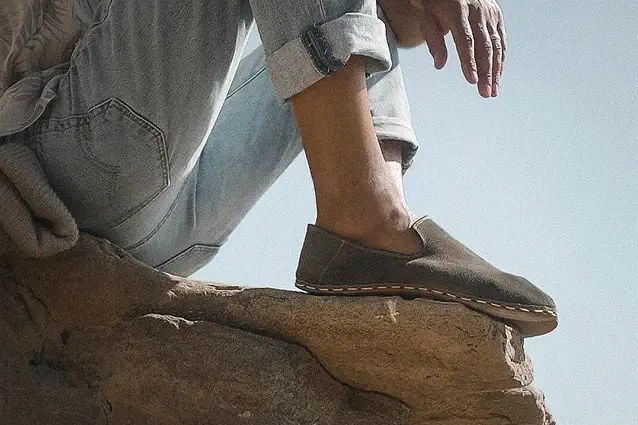
For those who can’t go barefoot outside due to terrain or weather conditions, earthing shoes and grounding socks are here to help. These products have conductive soles or threads that allow for direct contact with the Earth’s energy.
6) Gardening
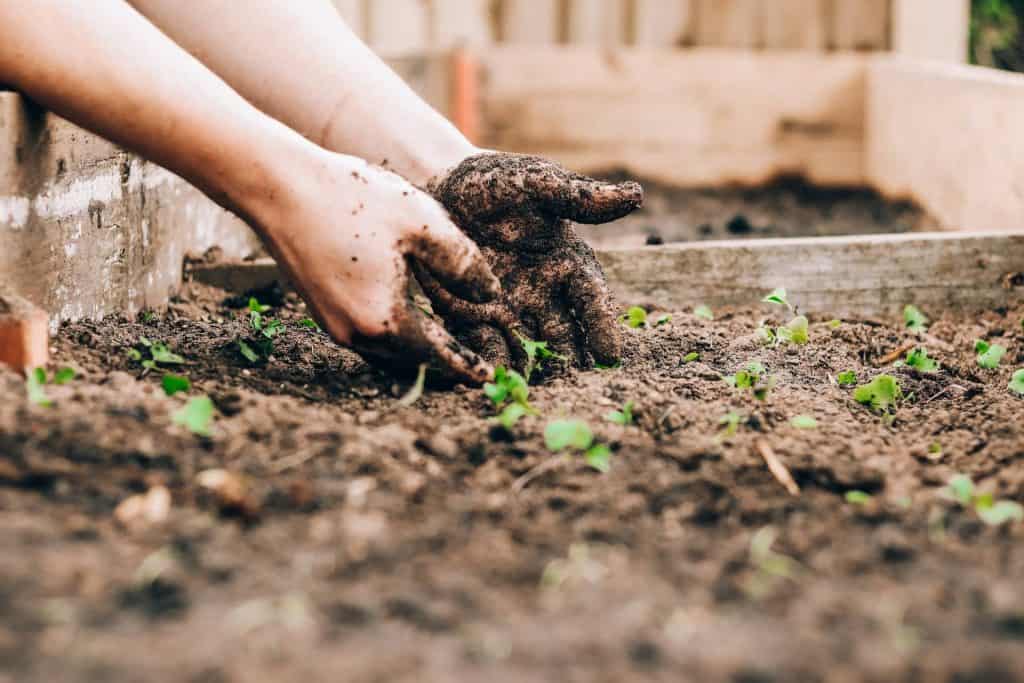
Spending time working in a garden is not only beneficial for growing plants, but it also allows for direct contact with the Earth’s surface. Double points if you get your hands dirty in the soil – you’ll be inducting energy from all four limbs!
7) Practicing Yoga or Tai Chi Outdoors

Yoga and tai chi are both forms of movement that can be practiced outside, allowing for direct contact with the Earth’s energy. These exercises also promote relaxation, mindfulness, and energy flow – all of which can enhance the earthing experience.
8) Sunbathing

Sunbathing is not only a way to get some vitamin D, but it also allows for direct contact with the Earth’s energy. Find a comfortable spot in nature and spend some time basking in the sun’s rays.
9) Sleeping Outside

For the adventurous, try camping or sleeping outside (like our ancestors did!). Being in direct contact with the Earth’s energy while you sleep can have numerous benefits for your physical and mental well-being. A full night of earthing can leave you feeling refreshed, reset, and rejuvenated in the morning.
Conclusion
Earthing is a simple yet powerful practice that can have numerous benefits for our overall health and well-being. Whether through direct contact with the Earth or using earthing products, incorporating this natural connection into our daily lives can help us feel more grounded, balanced, and energized.
Frequently Asked Questions
What does earthing do for the body?
Earthing allows the body to absorb the Earth’s energy, which can help to reduce chronic inflammation and stress, improve sleep, and promote overall wellness.
How do you practice earthing?
Earthing can be practiced by walking barefoot on the Earth, using an earthing mat or sheet, engaging in grounding activities, and more.
What is the difference between earthing and grounding?
Earthing and grounding are often used interchangeably, but they actually refer to two different practices. Earthing involves physically connecting with the Earth’s energy, while grounding can refer to any activity or practice that helps to reconnect an individual with their surroundings and promotes a sense of balance and calm. This type of grounding is used in mental health treatment, which involves staying present and focusing on the present moment.
How do you ground yourself to the earth?
To ground yourself to the Earth, you can try walking barefoot on the Earth, sitting or lying down directly on the ground, using an earthing mat or sheet, practicing mindfulness in nature, or getting your hands dirty in grounding activities such as gardening.
What does earthing actually do?
Earthing allows the body to absorb the Earth’s healing energy, which can have various benefits for our overall health and well-being. This includes reducing inflammation and chronic fatigue, boosting immunity, improving sleep quality, promoting relaxation, and reducing stress levels.
What is earthing for humans?
Earthing for humans is a long-lost practice that involves physically connecting with the Earth’s energy in order to reap its numerous benefits. It can be seen as a way to reconnect with nature and restore balance in our modern, technology-driven lives. By simply allowing our bare skin to come into contact with the Earth, we can absorb its powerful energy and improve our overall health and well-being.
How can I practice earthing?
There are many ways to practice earthing, but some common methods include walking barefoot on grass or sand, sitting or lying on the ground, gardening without gloves, and swimming in natural bodies of water. You can also use special grounding mats or sheets that are designed to mimic the effects of earthing. The key is to have direct skin contact with the Earth’s surface in order to absorb its energy.
Who can benefit from earthing?
Earthing can benefit anyone, regardless of age or health. It is a safe and natural practice that can have positive effects on both physical and mental well-being. This includes individuals suffering from chronic pain, inflammation, autoimmune disorders, sleep disturbances, and stress-related conditions.
Studies even show that diabetics, who have inflamed blood and are at a high risk of cardiovascular disease, would greatly benefit from earthing. Another study has shown that earthing for patients with hypertension improves blood pressure as well.

